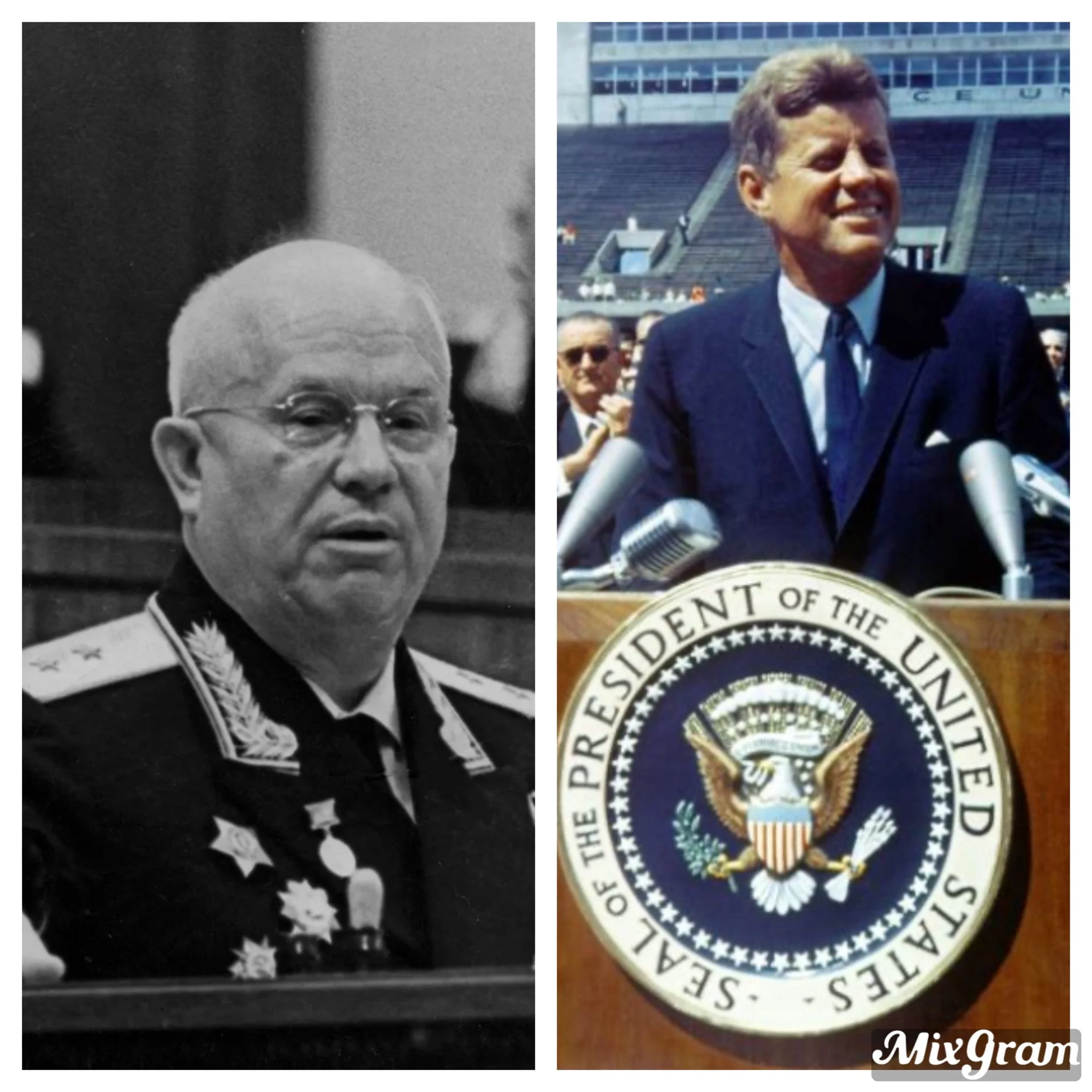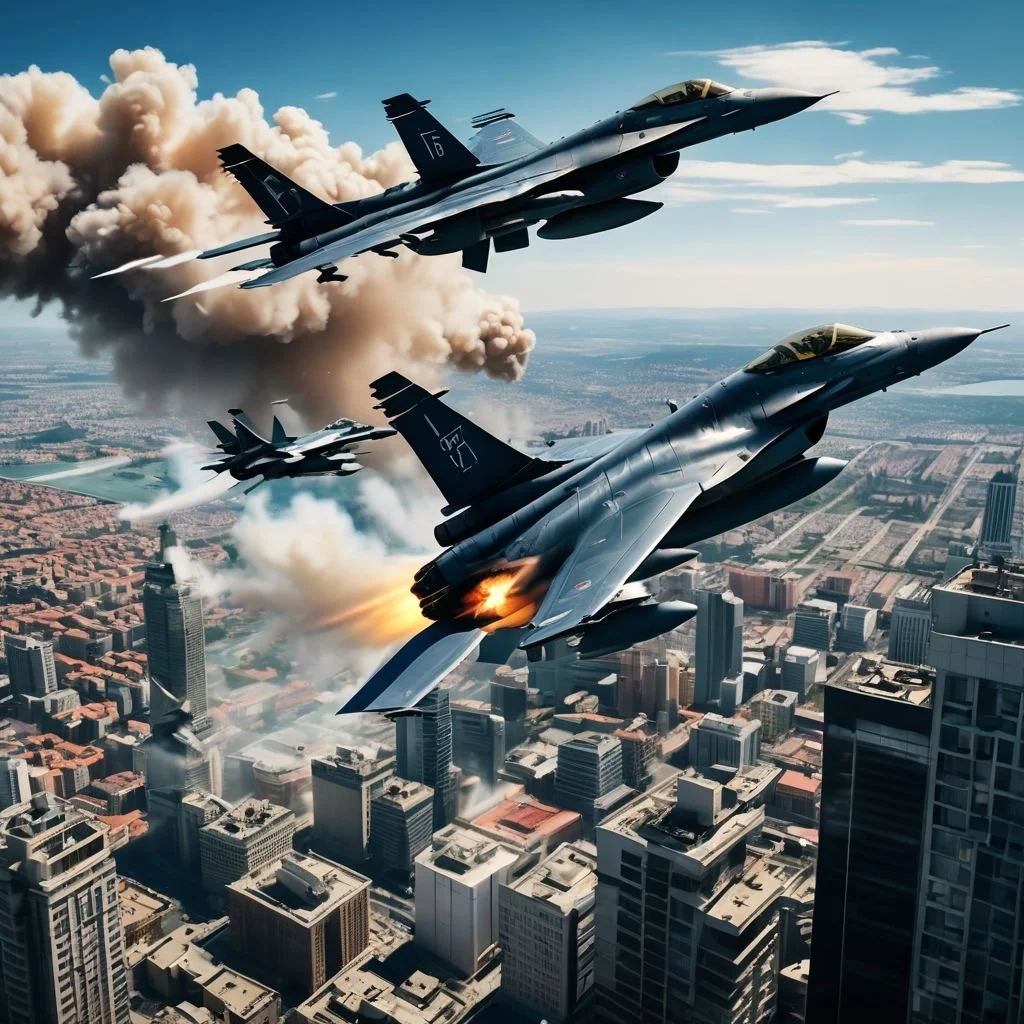Cuba Missile Crisis -1962
The Cuban Missile Crisis was a pivotal moment in Cold War history that occurred in October 1962, bringing the United States and the Soviet Union to the brink of nuclear war. This 13-day confrontation is considered one of the closest points to potential nuclear conflict in human history.
Background
The crisis was precipitated by several key events:
1. The Cuban Revolution of 1959, which brought Fidel Castro to power and established a communist regime in Cuba, just 90 miles from the U.S. mainland.
2. The failed Bay of Pigs invasion in April 1961, where U.S.-backed Cuban exiles attempted to overthrow Castro’s government.
3. The ongoing arms race between the U.S. and the Soviet Union, which led to the placement of U.S. nuclear missiles in Turkey and Italy, within range of Soviet territory.
The Crisis Unfolds
In August 1962, Soviet Premier Nikita Khrushchev secretly began deploying nuclear missiles to Cuba. This move was intended to:
1. Protect Cuba from potential U.S. invasion
2. Counterbalance U.S. missiles in Turkey
3. Alter the global balance of power in favor of the Soviet Union
On October 14, 1962, U.S. U-2 spy planes captured photographic evidence of Soviet missile sites under construction in Cuba. This discovery sparked the crisis, as these missiles could potentially strike most major cities in the continental United States and Canada.
U.S. Response
President John F. Kennedy and his advisors deliberated on how to respond to this threat. They ultimately decided to:
1. Impose a naval blockade (termed a “quarantine”) around Cuba to prevent further Soviet shipments.
2. Demand the removal of existing missiles and destruction of the sites.
3. Prepare for potential military action, including air strikes and an invasion of Cuba.
Diplomatic Negotiations
Over the next 13 days, tense negotiations took place between Kennedy and Khrushchev:
1. Communications were exchanged through letters and back-channel diplomacy.
2. The situation escalated when a U.S. U-2 reconnaissance jet was shot down over Cuba on October 27.
3. Khrushchev offered to remove the missiles in exchange for a U.S. pledge not to invade Cuba and to remove its missiles from Turkey.
Resolution
The crisis was resolved when:
1. Khrushchev agreed to remove the missiles from Cuba under United Nations supervision.
2. The U.S. publicly agreed not to invade Cuba and secretly agreed to remove its Jupiter missiles from Turkey.
Aftermath
The Cuban Missile Crisis had significant consequences:
1. It led to improved communication between the U.S. and Soviet leaders, including the establishment of a “hotline” between Washington and Moscow.
2. Both sides recognized the dangers of nuclear brinkmanship, which invigorated attempts to halt the arms race.
3. The Limited Nuclear Test Ban Treaty was signed in 1963, marking a thaw in Cold War tensions.
The Cuban Missile Crisis remains a stark reminder of how close the world came to nuclear war and the importance of diplomatic negotiations in resolving international conflicts.







